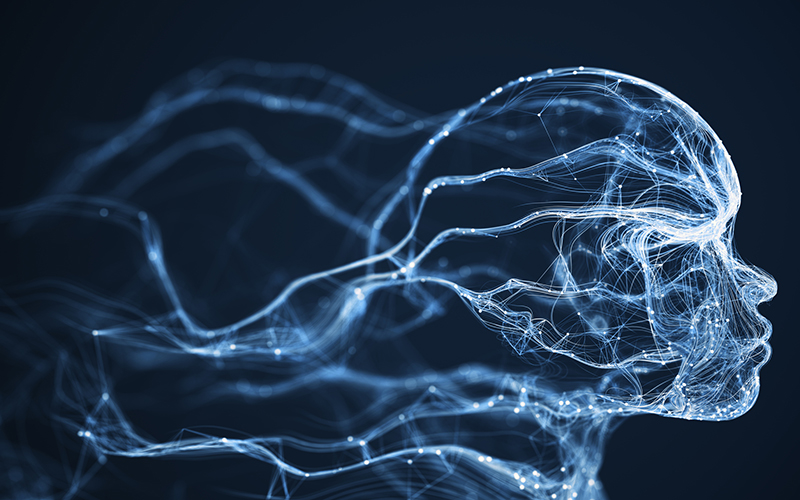This month: Digital masks

What is a digital mask?
It is a creation of scientists from the University of Cambridge that will allow facial images to be stored in medical records while preventing potentially sensitive personal biometric information from being extracted and shared.
How does it work?
The scientists used 3D reconstruction and deep learning algorithms to erase identifiable features from facial images while retaining disease-relevant features.
Is this a big issue?
With the increasing digitalisation of medical records comes the risk of data breaches. While most patient data can be anonymised, facial data is more difficult to anonymise while retaining essential information.
How is this currently done?
Common methods include blurring and cropping identifiable areas. But this may lose important disease-relevant information.
What can we learn from looking at someone’s face?
Facial images can be useful for identifying signs of disease. For example, features such as deep forehead wrinkles and wrinkles around the eyes are significantly associated with coronary heart disease, while abnormal changes in eye movement can indicate visual cognitive developmental problems.
What do patients think?
The team surveyed randomly selected patients attending clinics to test their attitudes towards digital masks. Over 80% believed the digital mask would alleviate their privacy concerns and said they would have increased willingness to share their personal information.
Where can I read more?
Visit go.nature.com/3dnHxwX
Image credit | iStock
